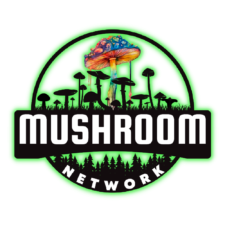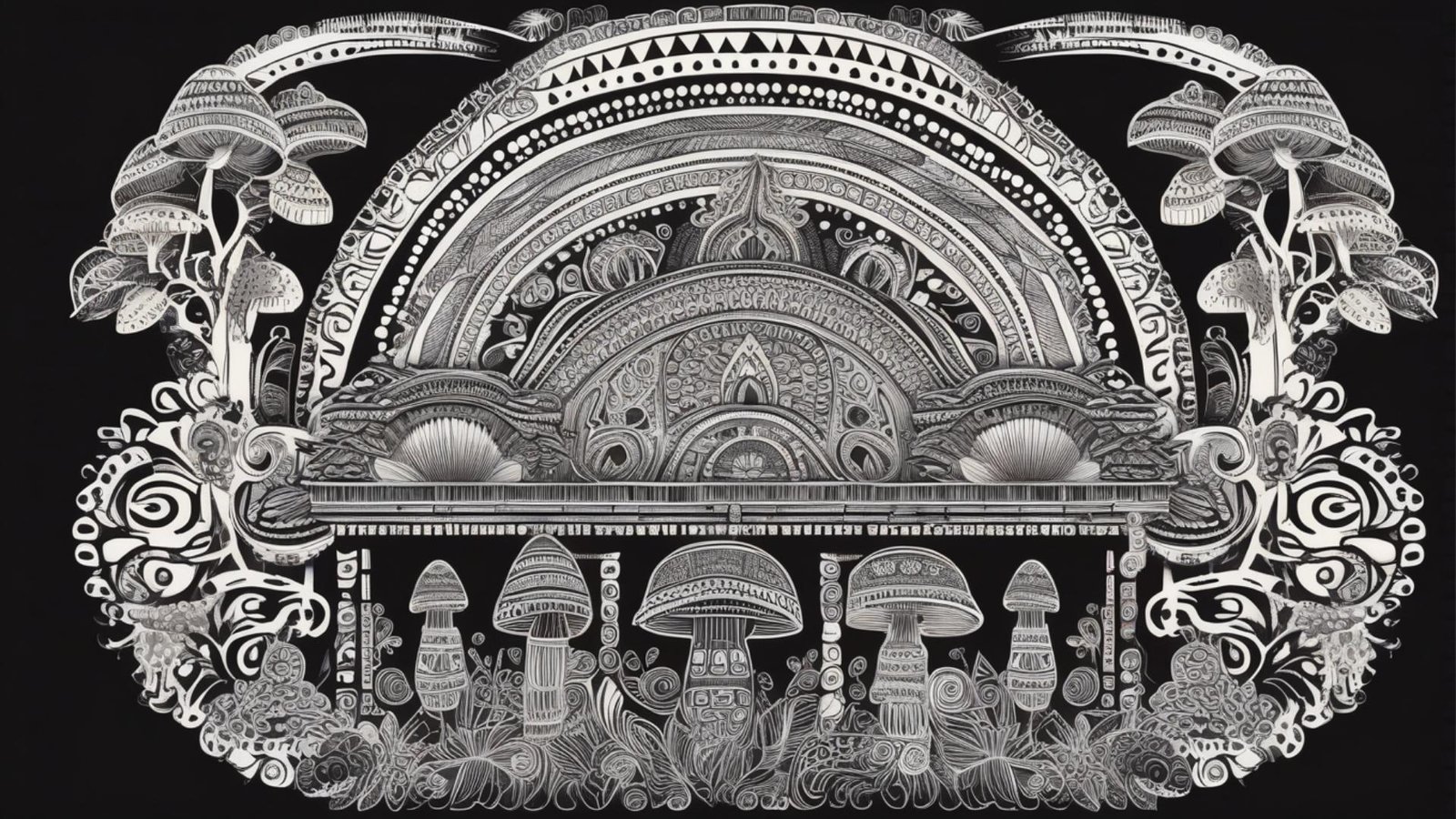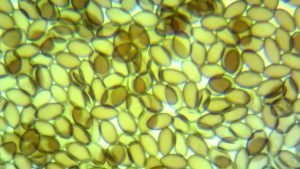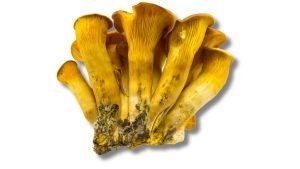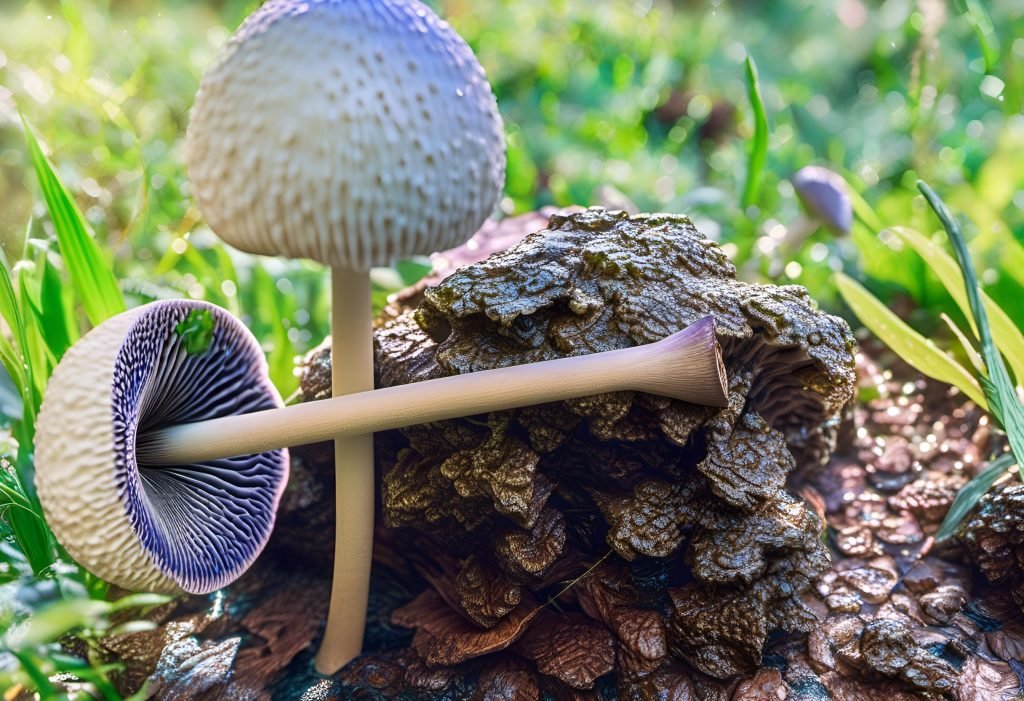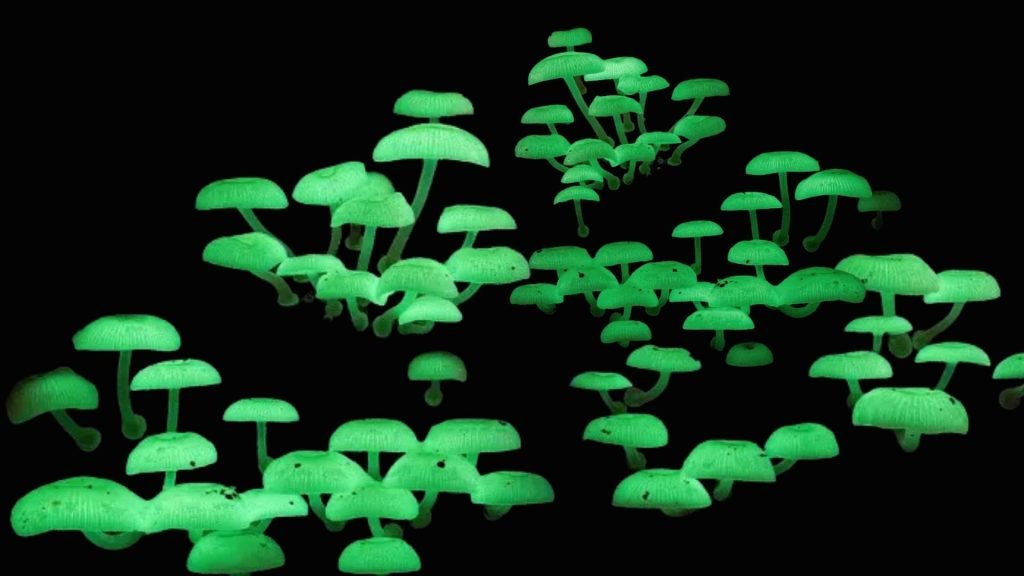Ahoy, Patrons of the 🍄 Mushroom Network! Let's set the spore-print straight:as much as we love a good fungal foray into the depths of mycological mystery, let's get our legal gills in order, shall we? Our endlessly growing treasure trove of articles is designed for your educational enlightenment and mycological research endeavors, not to act as an accomplice in any unlawful underworld expeditions. Ergo (yes, we're using 'ergo'), we explicitly do not endorse, encourage, or in any way glamorize illegal or unsafe activities related to fungi.You, esteemed reader, are solely responsible for adhering to local and international statutes concerning those ever-mysterious psychoactive fungi. And a pro tip: Prior to nibbling on nature's niblets, get the green light from an actual healthcare provider. Our content is strictly not a substitute for professional medical advice. Just to reiterate, for those in the back—we do not advocate personal use of these complex organisms, but we do want to expand your cerebellum with scholarly facts.Any fungi-fueled escapades you engage in based on our content are undertaken at your own legal and personal risk. We disclaim any liability for mishaps, misadventures, or—Heaven forbid—misdemeanors you may find yourself tangled in. So, in the spirit of both safety and legality, please let caution and due diligence be your co-pilots in all your mycological endeavors. After all, we want you free and curious, not 'cuffed and queried. Consider yourselves officially, yet humorously, forewarned. 😄
Welcome, my Fellow Fungus Fanatics, to a whimsical yet thought-provoking romp through the interconnected labyrinths of mycelial networks and human society. Yes, you read that correctly—today we’re taking a metaphorical spore print of the social fabric that makes us all so gosh-darn marvelous, just like our subterranean friends! Prepare to laugh, learn, and quite possibly, reimagine the very structure of community itself.
Buckle up, Patrons, because we’re diving down the rabbit hole—or should we say, mycelial tunnel? We’ll explore how the networking strategies of fungi like Clavulina Cristata and Pisolithus Arhizus can teach us valuable lessons about human interactions, mutual aid, and even sustainable living. We’ve got history, science, and yes, humor, all packaged into one delightful fungal experience. From the classroom to the mushroom patch, get ready for an academic yet jovial exploration of interconnectivity.
Our journey will draw from the latest research, folklore, literature, and even culinary adventures involving our fungal friends. You’ll come out on the other side not just more educated, but perhaps more attuned to the intricate relationships that make life on Earth so uniquely fascinating. Let the mental mycelium begin!
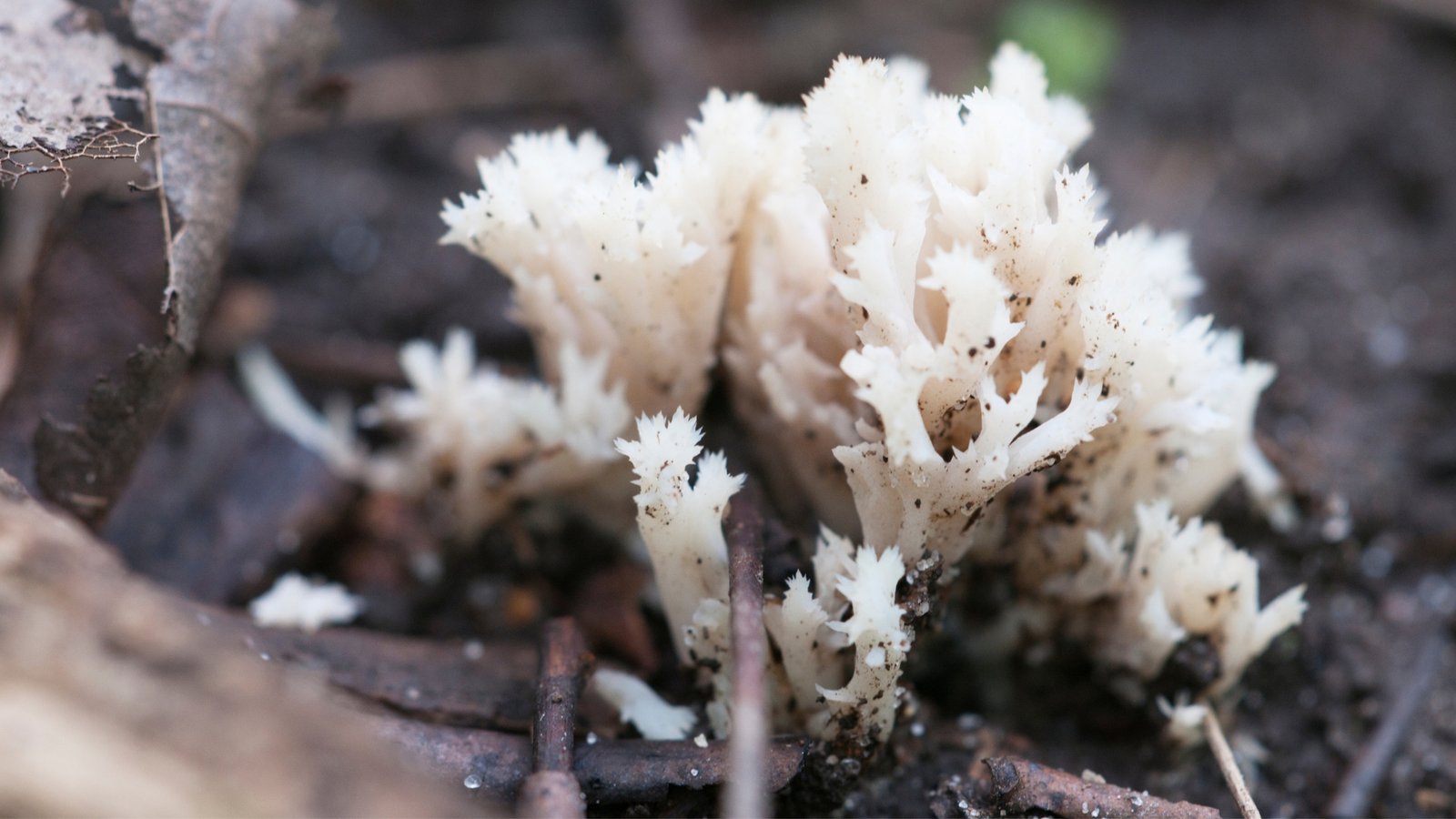
Social Spores: How Mycelium and Humans Interact:
First up on our fungal agenda is the fascinating concept of mutualism in mycelial networks. Ah, mutualism—a term that not only applies to certain fungi forming mycorrhizal partnerships with plants but also serves as a guiding principle in human societies. Take, for example, the “Wood Wide Web,” a subterranean internet where fungi like Clavulina Cristata form partnerships with trees, exchanging nutrients and information.
But let’s not overlook the social constructs of humans—gift economies, cooperative childcare, and neighborhood tool shares—that mirror these mutually beneficial fungal relationships. According to anthropologists, such mechanisms of sharing and interdependence date back to our hunter-gatherer days, reaffirming the time-tested wisdom of Mother Nature.
Moreover, scholars have found that the absence of mutual support systems can lead to the downfall of both fungal and human communities. So yes, being stingy with your nutrients—or in human terms, resources—won’t get you very far in either kingdom.
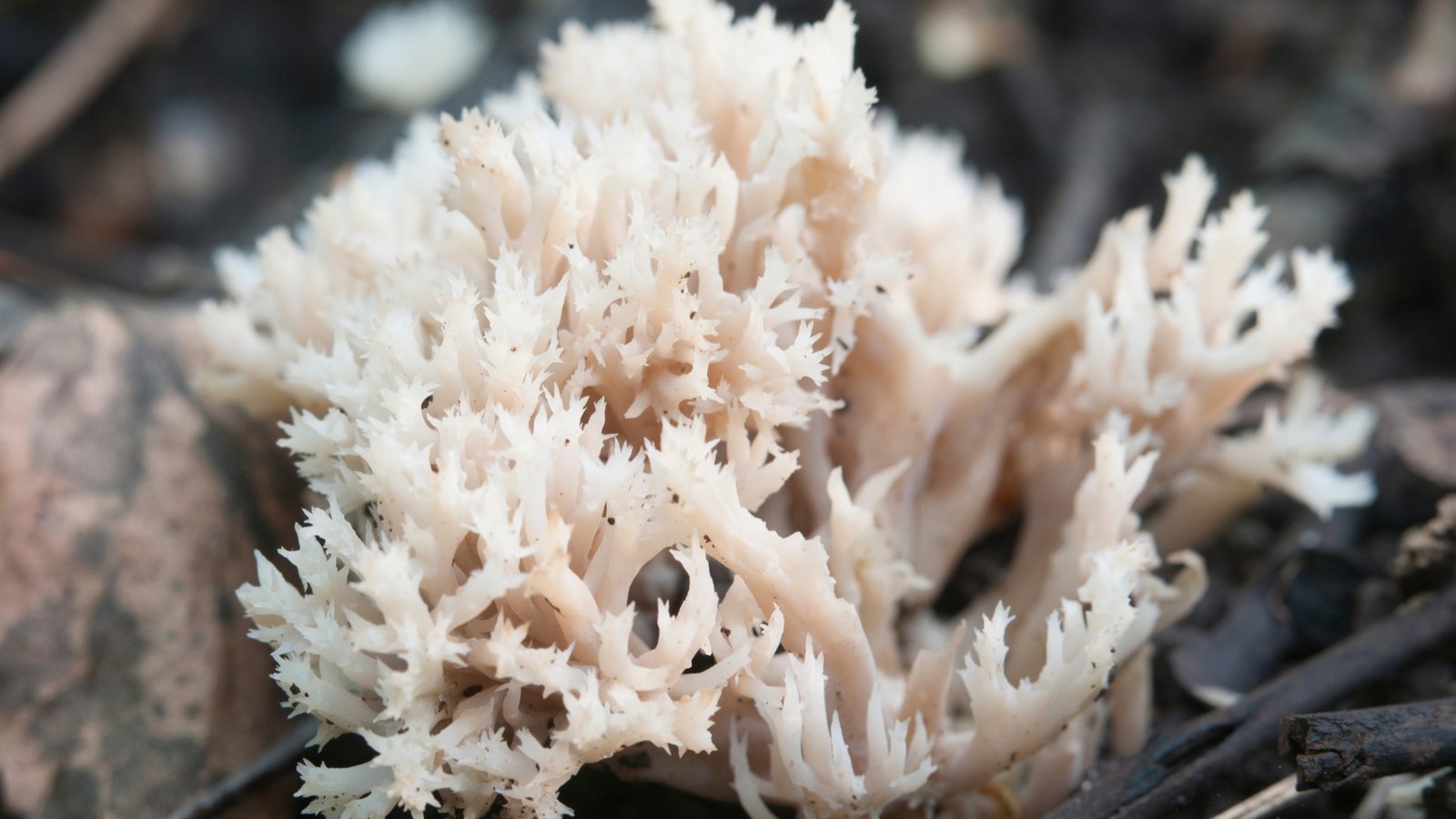
Symbiosis and Society: Lessons from the Underground:
Next, let’s delve into the life of Pisolithus Arhizus, also known as the Dyemaker’s Puffball. This unique fungus forms a symbiotic relationship with certain plants, helping them thrive in harsh conditions. But, as it turns out, we two-legged folks aren’t much different. Think about mentorship programs, mutual aid societies, and community gardens—all examples of human symbiosis that help elevate everyone involved.
Researchers have even pointed out that such collaborations yield quantifiable benefits. In one study, community engagement was directly linked to reduced crime rates and improved mental health. It’s like the saying goes: “It takes a village to raise a mushroom”—or something like that.
Let’s not forget historical collaborations, like barn raisings in early American communities or collective irrigation systems in ancient civilizations. Each member of the community brought unique skills to the table, resulting in a symbiosis that could withstand adversity. Perhaps it’s high time we take a leaf—or in this case, a spore—from the mushroom book.
The universe of mushrooms is expansive, each variant bearing its own unique charm and characteristics. The Marketplace on the 🍄 Mushroom Network is a testament to this diversity. It is a haven for those seeking a deeper understanding of the magical world of mushrooms. If you’re keen on learning more about this type of mushroom and other mushroom variants, this Marketplace is your ultimate resource.
No posts found!
Woah there, eager beaver! 🦫 The 🍄 Mushroom Network’s Marketplace is a smorgasbord of mycological marvels, but it’s VIP access only! 🔐 Log In or Become a Myco-Patron (Yup, still FREE!) to see what all the fuss is about. Trust us, you’ll want in on these shroomy shenanigans! 🍄🎉
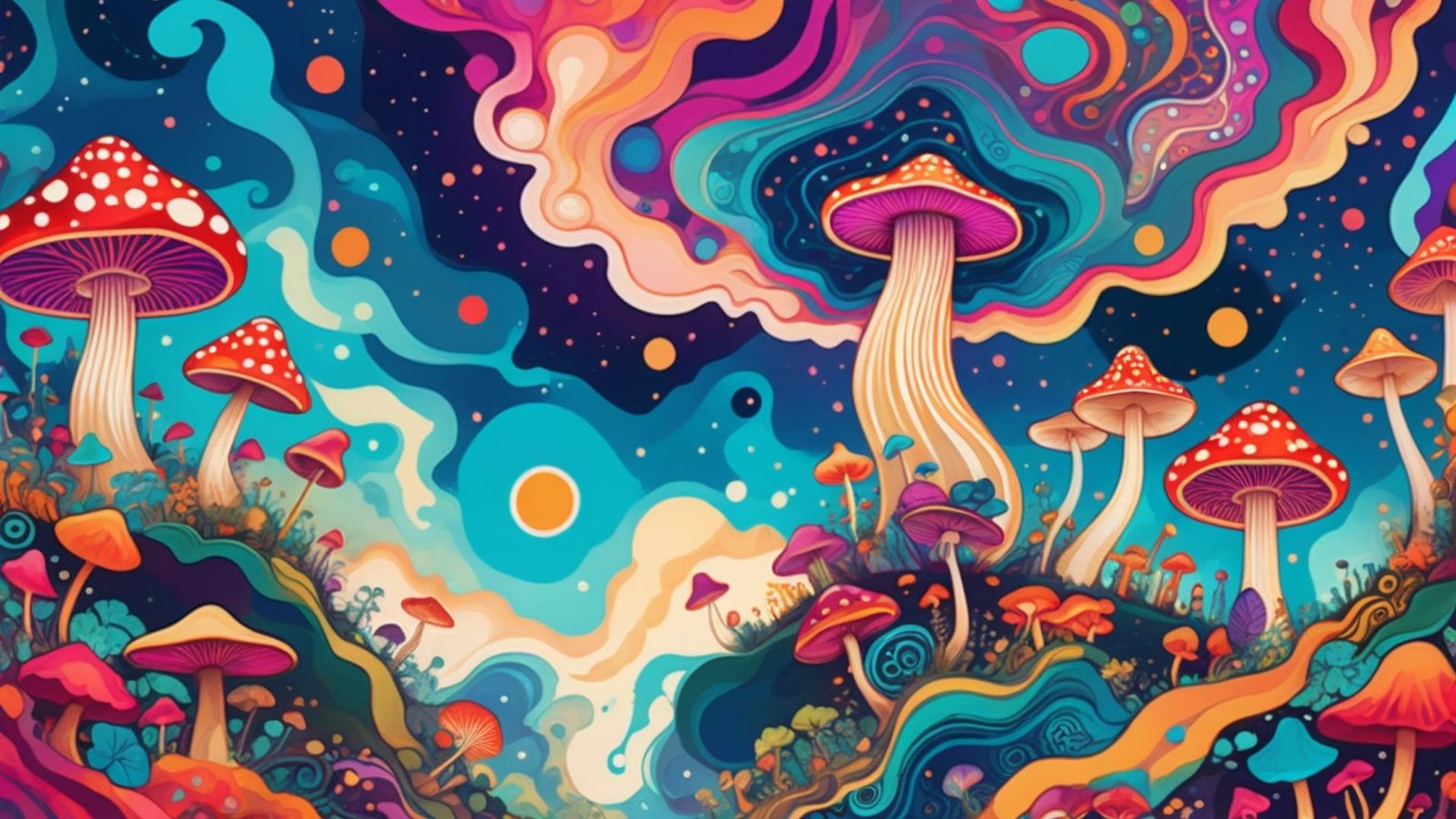
The Networked Life: Sustainable Living Through Fungal Philosophy:
If the fungi could talk, they’d probably remind us that sustainability isn’t just a buzzword—it’s a way of life. A fungal network works sustainably by efficiently recycling nutrients, avoiding waste, and ensuring that every member has what it needs to survive. Sound familiar? It should; the principle applies just as much to human communities as it does to the natural world.
Now, we’re not saying you should start breaking down organic matter in your backyard (though composting is pretty rad), but there are lessons to be gleaned. Sustainable community practices, from shared solar power grids to cooperative food purchasing, reflect this same mycelial wisdom. The more we model our systems after these ancient, intricate networks, the more resilient and sustainable our own communities will become.
Not sure where to start? The 🍄 Mushroom Academy offers a wide range of courses tailored to your needs. Whether you’re a beginner eager to learn or an experienced mycologist looking to broaden your knowledge, the 🍄 Academy has something for everyone.
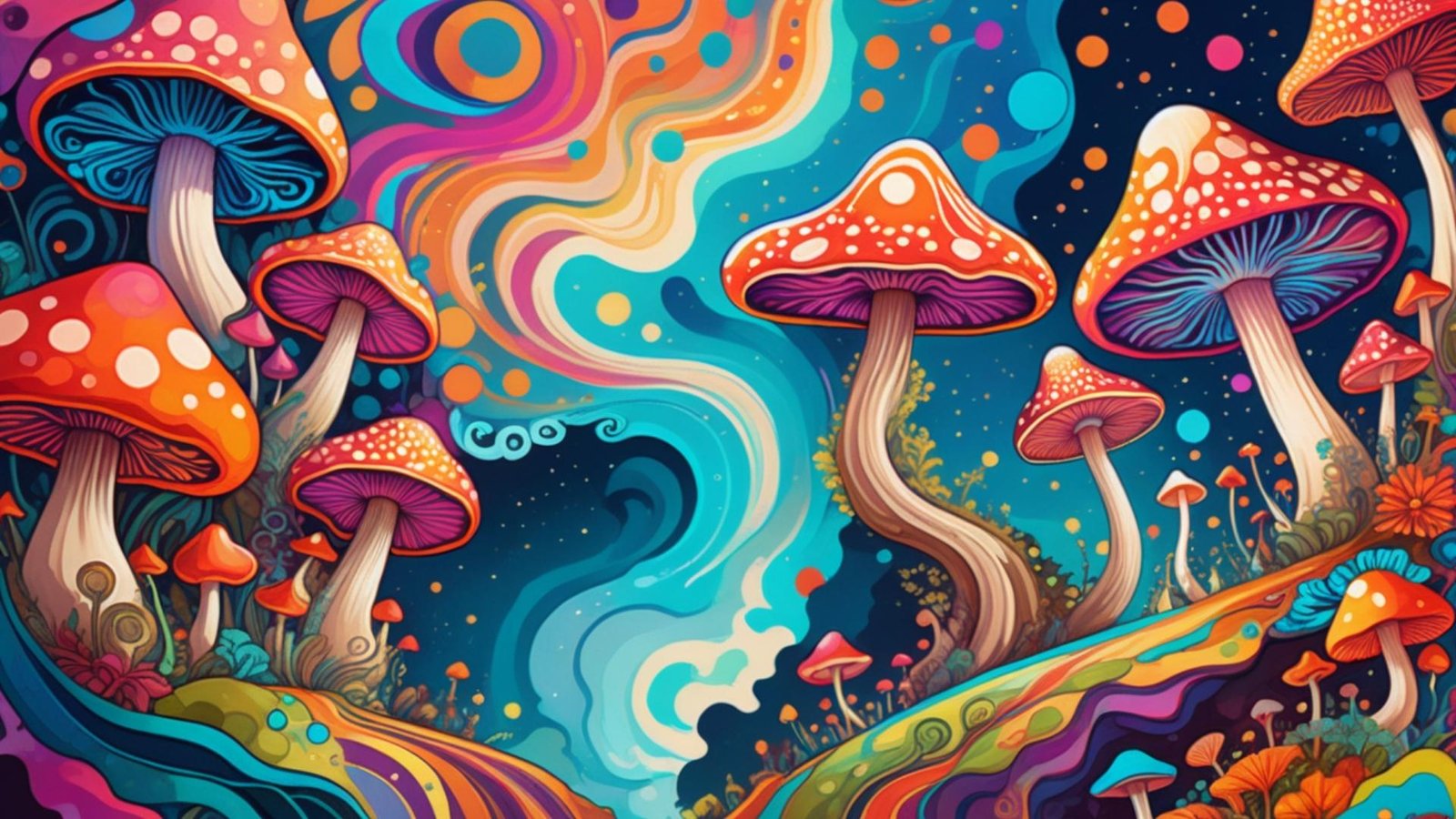
Fungal Farewells: Mycelial Wisdom to Take Root:
As we wrap up our journey through the entwined worlds of mycelial networks and human society, let’s take a moment to digest—metaphorically and perhaps literally if you’ve got a mushroom dish cooking—the lessons we’ve gleaned. Connectivity isn’t merely a boon; it’s a necessity. In the same way, Clavulina Cristata and Pisolithus Arhizus rely on their network to thrive, we too depend on our communities for growth, support, and resilience.
From symbiotic relationships to sustainable living, fungi have figured out how to make the most of collective wisdom. So the next time you’re sautéing some mushrooms or just wandering through a forest, remember that beneath your feet lies a web of life that’s as complex, beautiful, and interconnected as any human society.
Love what you’re reading? Make it FBO (Facebook Official) with us! 🤘🏼 Hit that subscribe button on YouTube, follow our Facebook Page, join our FB Group – Wood Wide Web, and chirp along with us on Twitter/X. While you’re at it, peep into the 🍄 Mushroom Network’s Marketplace—where our Network shelves change faster than a Pink Oyster (Pleurotus Djamor) pins!
Recommended Reads:
RECIPE: Pizza with Porcini Mushrooms, Sausage, and Truffle Sauce
Introduction: Unleash the flavors of the forest onto your dinner table with this Pizza featuring...
Read More...The Elusive Elegance: Unraveling the Mystery of Albino and Invisible Spores
ADMIN. ONLY PAGE NOTE 🍄 Dive into the mysterious world of Albino and Invisible Spores...
Read More...Jack-O’-Lantern Mushroom (Omphalotus Olearius)
SCIENTIFIC NAME: (Omphalotus Olearius) COMMON NAME(S): Jack-O’-Lantern I-NAME: JOL SPORE COLOR: PALE-YELLOW Deep within the...
Read More...Turkey and Mushroom Meatball Sub
Introduction: Dive into the comforting flavors of this Turkey and Mushroom Meatball Sub, where juicy...
Read More...Whoa there, Spore Sport! 🍄 Looks like you’re not logged in yet. Don’t you know what you’re missing? MYCO-CREDITS! Imagine all the fungal fun you could have. It’s like finding a Morel in May and not picking it. Tragic, right? Log In or Become a Myco-Patron and start racking up those credits. It’s more rewarding than finding a mushroom in your backyard! 🌟🏡
